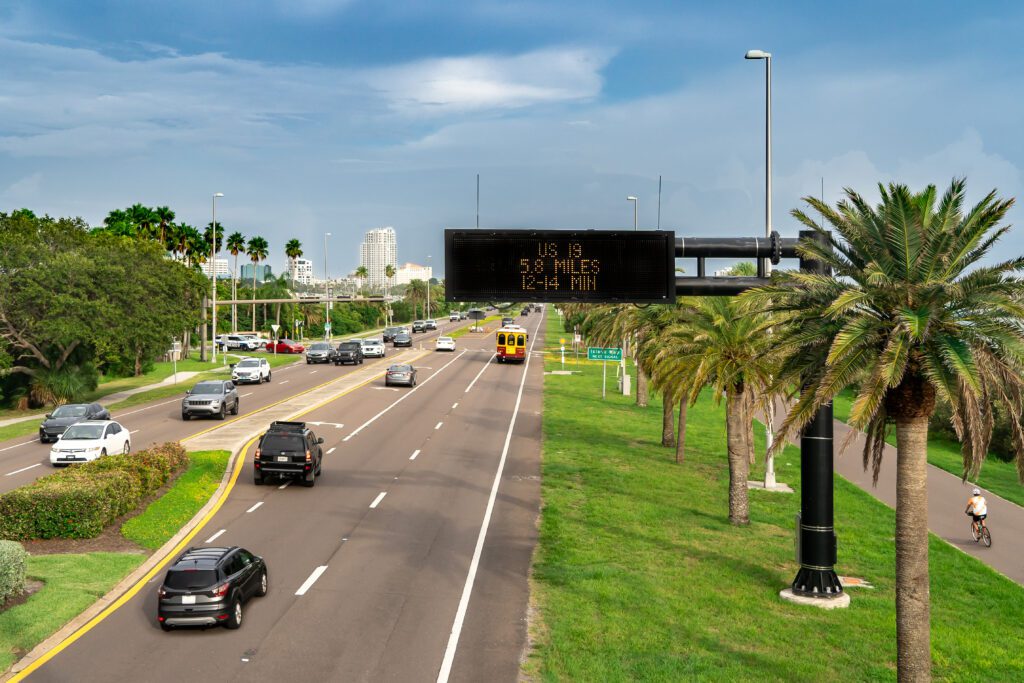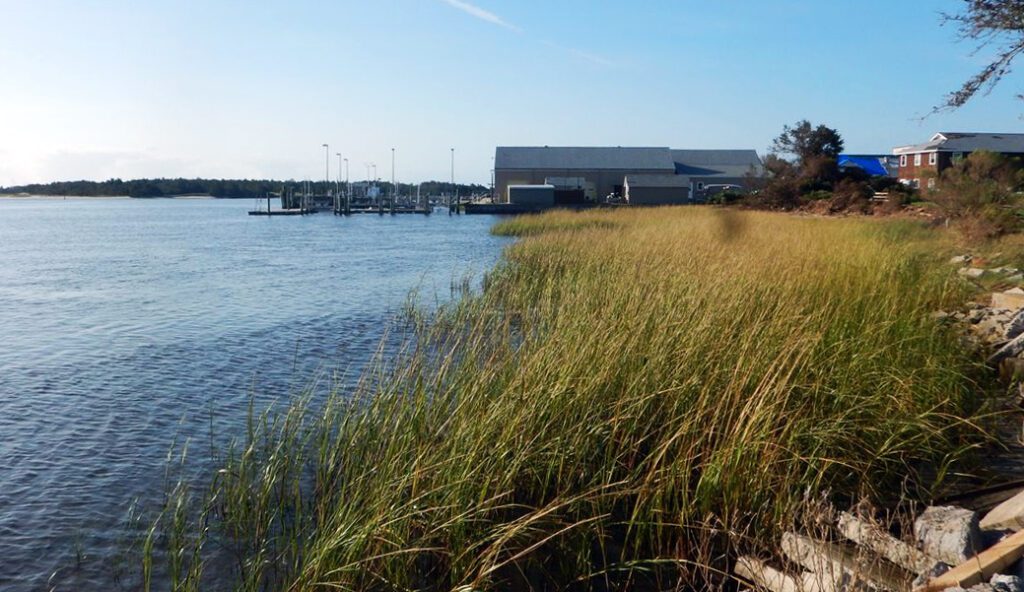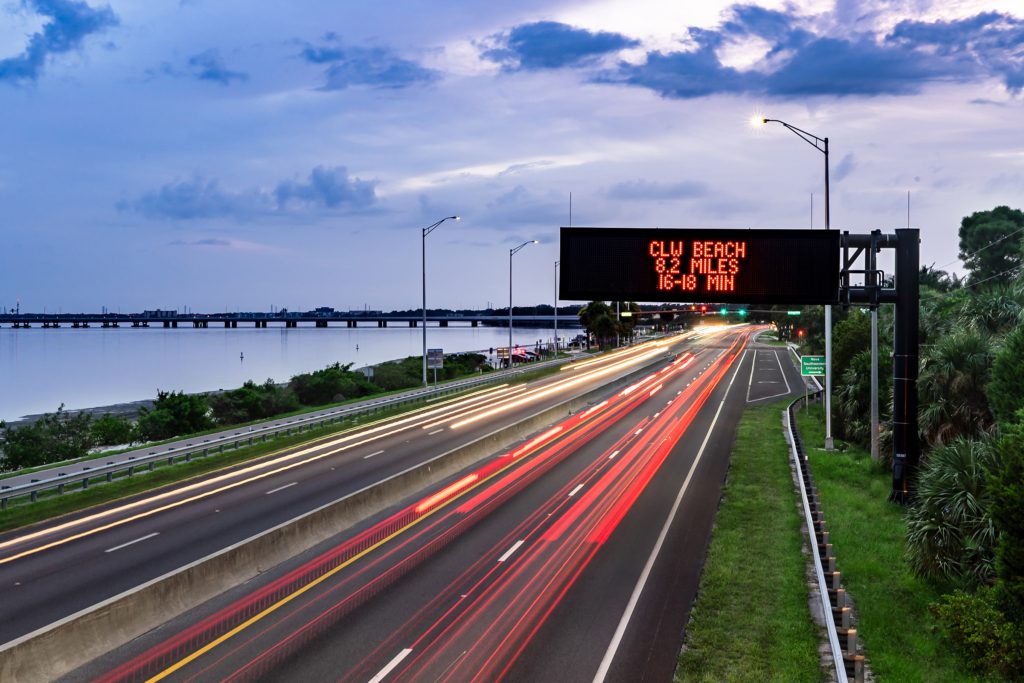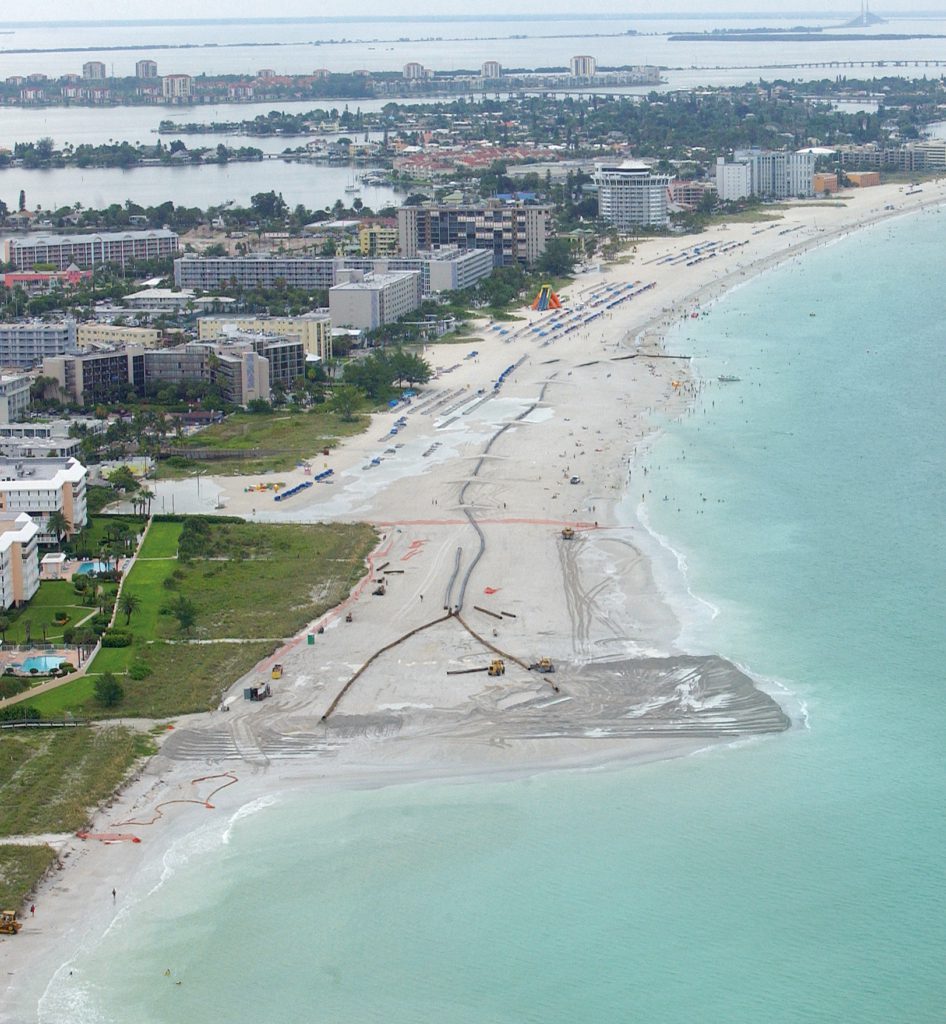Resilient Infrastructure Initiatives
Surrounded by water and located in sub-tropical climate, Pinellas County faces many natural and manmade hazards. In addition to the ongoing threat of hurricanes, tidal flooding is becoming more frequent.
Through proper planning and capital improvements, the County is working to minimize sewer spills and flooding in its neighborhoods to protect residents’ homes and the health of our water while making the community more resilient to storms, erosion and climate change.

Sea-Level Rise Tool for Capital Planning
Developed by the Pinellas County Public Works Department, this guidance tool provides a framework for evaluating sea-level rise within the capital improvement program process, as well as in maintenance projects. It provides a vulnerability and risk assessment for various assets, such as bridges and roads, by using the latest climate science and then supports adaptation measures to make the assets more resilient against sea-level rise. The County received a grant to transition the tool from being Microsoft Excel-based to an online app, so any local government in the region or state will be able to use it in the future.
Baypointe Regional Stormwater Park
Pinellas County purchased about 40 acres of land previously known as the Baypointe Golf Course. The $1.2 million site will allow the County to provide enhanced stormwater services that improve water quality and storage capacity for the surrounding community that was constructed prior to stormwater regulations. This will also provide a new local park, called the Baypointe Regional Stormwater Park, with recreation opportunities for the community.
Green Infrastructure Program
Green infrastructure practices create habitat and allow rainwater to filter through vegetation and soil rather than running into storm drains. Examples include green roofs, bioswales, pervious pavement and living shorelines. Green infrastructure helps rainwater be filtered more naturally, minimizing the impacts of development on the environment and reducing long-term costs of treatment and maintenance. To offset dense development and the amount of impermeable surface, such as asphalt and concrete, in the county, Pinellas is incorporating green infrastructure techniques into land planning and design standards. The Green Infrastructure Program includes design templates for development plans and features, as well as within County-owned easements and rights-of-way. Additionally, the County is providing educational materials and tools for encouraging the use of green infrastructure both within government operations and in the community.

Develop a Countywide Smart Transportation and Technology Plan
Through the adoption of an Arterial Intelligent Transportation System by the Pinellas County Transportation Division, the Countywide Smart Transportation and Technology Plan supports initiatives that improve travel times, travel options and safety. This initiative is led by an internal Smart Communities Advisory Team, which focuses on the use of information and communications technology toward practical solutions to enhance Pinellas County’s overall livability, workability and sustainability.

Post-Disaster Redevelopment Plan
The Post-Disaster Redevelopment Plan (PDRP) guides the County and its municipalities’ decisions during the recovery and redevelopment stages after a disaster. These phases often last years after a disaster event, such as a hurricane. The PDRP addresses a variety of topics, such as business reopening and economic redevelopment, housing repair and reconstruction, infrastructure restoration and mitigation, environmental restoration, and other long-term recovery issues identified by the community. It also identifies preparations before a disaster strikes to speed up the recovery process. The County recently received funding under the State of Florida’s Resilient Coastlines Program to evaluate flood-risk policies and sections of the PDRP.
Beach Nourishment
Preserving our beaches helps maintain residents’ quality of life and attracts visitors throughout the year – a major economic driver for the county. Proper beach nourishment provides protection from storms and supports many types of wildlife and marine species. Pinellas County’s Coastal Management Program works with both the U.S. Army Corps of Engineers and the Florida Department of Environmental Protection to ensure that the coastline is properly restored year after year.

Stormwater Manual
The Stormwater Manual, adopted by the Board of County Commissioners in 2017, is the County’s adopted code for the regulation of stormwater discharges. The manual provides guidance and support on green infrastructure alternatives that maximize development opportunities while improving water quality and drainage conditions.